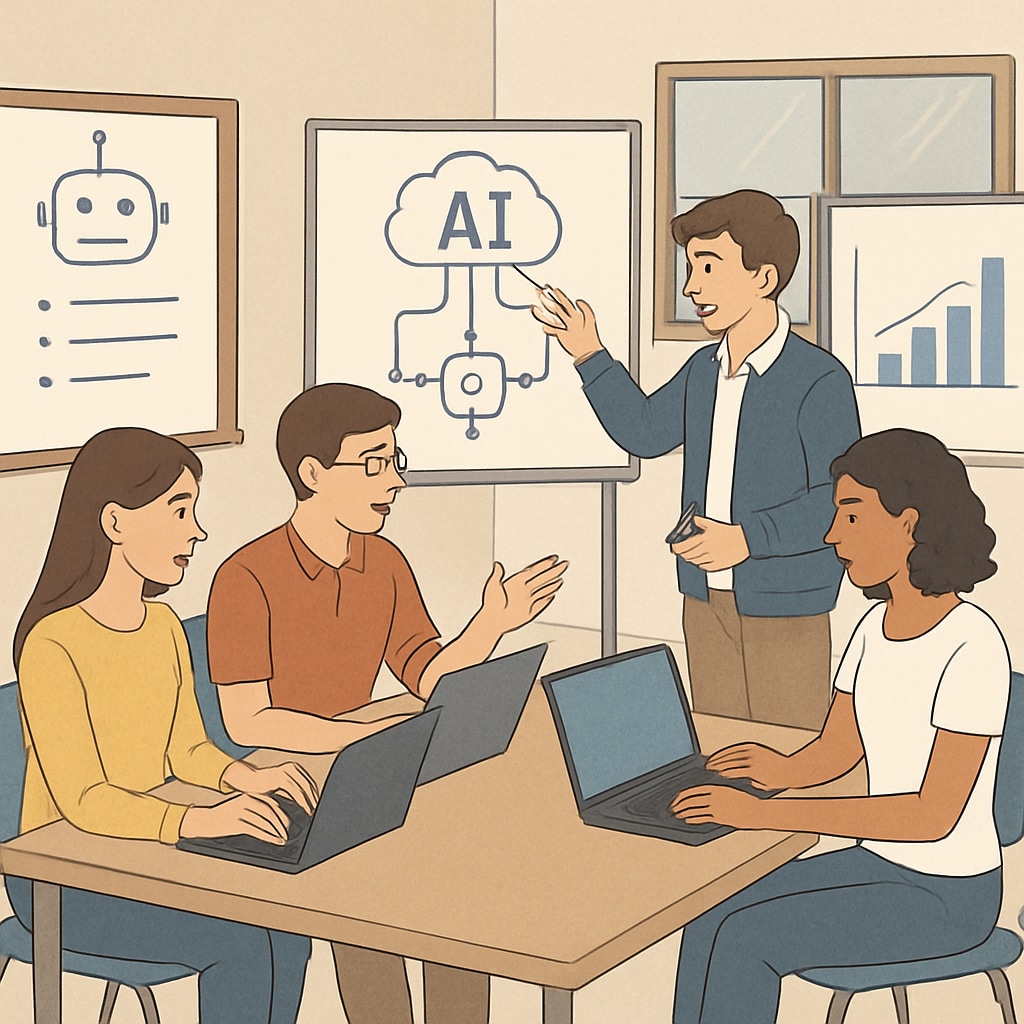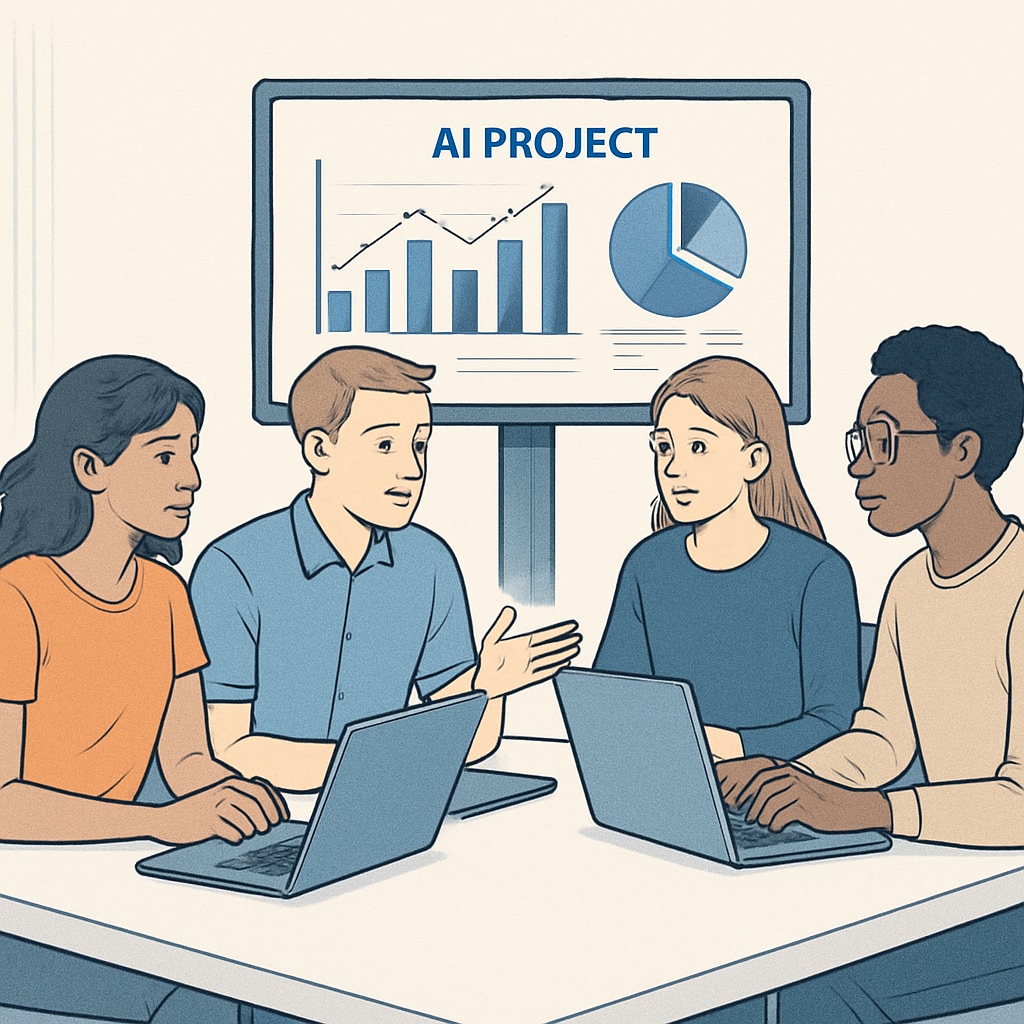Designing interactive projects for undergraduate AI courses often faces challenges such as limited access to computational resources. To address these constraints while fostering practical learning, educators can adopt layered approaches that integrate foundational algorithms with real-world applications. This strategy not only ensures resource efficiency but also equips students with essential AI skills and hands-on experience.

Strategic Approaches to Resource-Efficient AI Projects
When computational resources are limited, project design must focus on maximizing learning impact without relying heavily on advanced hardware. Here are several strategies to achieve this:
- Emphasize foundational concepts: Projects can start with simple algorithm implementations, such as linear regression or decision trees, using small datasets. Tools like Python and libraries such as scikit-learn can help students grasp core ideas.
- Simulate larger systems: Instead of requiring large-scale computation, educators can use cloud-based platforms like Google Colab or free-tier services to simulate advanced AI techniques.
- Focus on creativity: Encourage students to design AI applications for small-scale problems, such as text classification or image recognition, using preprocessed datasets to reduce computational strain.
These approaches make AI education accessible while maintaining its rigor, ensuring students gain both theoretical and practical expertise.
Examples of Interactive AI Projects for Undergraduate Students
Interactive projects are crucial for engaging students and encouraging collaboration. Below are examples of projects that can be adapted for resource-limited environments:
- Sentiment Analysis: Students can build models to analyze text sentiment using datasets like IMDB movie reviews. This project introduces natural language processing (NLP) concepts and requires minimal computational power.
- Image Classification: Using preprocessed datasets, such as CIFAR-10, students can create basic convolutional neural networks (CNNs) to classify images. Tools like TensorFlow or PyTorch can be used efficiently on standard laptops.
- AI Chatbots: Design and implement rule-based or simple machine-learning chatbots that simulate conversation patterns. This project emphasizes problem-solving and creativity.
Each of these projects offers practical insights into AI while being adaptable to low-resource settings.

Promoting Collaborative Learning in AI Education
Collaborative learning fosters teamwork and enhances problem-solving skills. In resource-constrained environments, group projects can be particularly effective. For example:
- Group Problem-Solving: Assign tasks where students collaborate to optimize algorithms or debug code. This reduces individual resource requirements while encouraging peer-to-peer learning.
- Project Presentations: Students can present their AI solutions to the class, explaining their methodologies and results. This enhances communication skills and deepens understanding.
By integrating collaboration into project design, educators can create a dynamic learning environment that compensates for hardware limitations.
Conclusion: Building Core AI Competencies Amid Constraints
Overcoming computational resource limitations in AI education requires innovative project design and strategic planning. By focusing on foundational algorithms, real-world applications, and collaborative learning, educators can deliver impactful courses that prepare students for the evolving landscape of artificial intelligence. These resource-efficient projects ensure that every student, regardless of hardware access, can participate meaningfully and develop critical AI skills.
For further reading: Explore more about machine learning or discover the basics of artificial intelligence.


